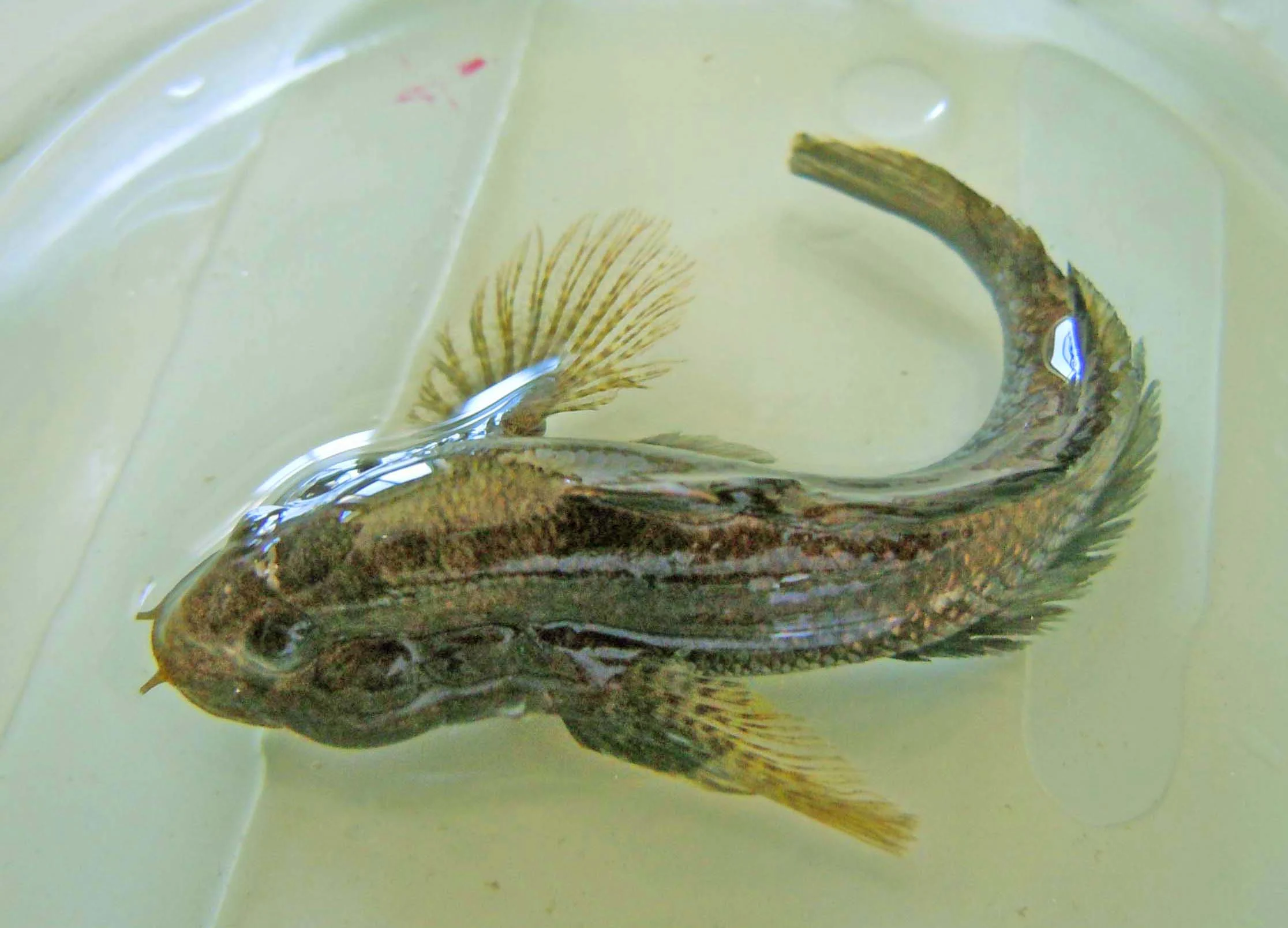
Grim discovery: Invasive fish discovered in Quebec lake
The fish has been present in Canadian waters since the early 1990s.
On July 17, the Quebec Ministry of the Environment and the Fight Against Climate Change announced the detection of the invasive tubenose goby fish species in Saint-François Lake, an hour west of Montreal. The western tubenose goby (Proterorhinus semilunaris), native to the Black and Caspian sea basins, first made its way into North American waters in the late 1980s or early 1990s with detrimental effects.
Julien Poisson, director of conservation for the Nature Conservancy of Canada in Southern Quebec, tells Cottage Life now that the fish has arrived in Saint-François Lake, there is a high chance it will travel east of Montreal. In a worst-case scenario, it will track the river leading to Lac Saint-Pierre, granting it access to most of the large water bodies in the province.
“My guess is in two to three years, there’s going to be a tubenose goby at the pass going up the Richelieu,” Poisson told the publication.
“After that, we’re doomed.”
Annick Drouin, at the helm of the MELCC's aquatic invasive species division, discovered the presence of the tubenose goby in St. François Lake during a routine research fishing expedition on August 25, 2022. Subsequent testing affirmed the goby's presence a few weeks later, but the ministry held off until July 2023 to make that information public.
Drouin tells Cottage Life that timing was "deliberate" to sync up with the recreational fishing season.
Ecological impacts
Experts believe the tubenose goby was inadvertently transported to North America when ocean-faring vessels discharged ballast water. The fish are voracious eaters that, prey on native sea snails, fish eggs, and larvae, single-handedly reducing aquatic life in affected ecosystems.
Other goby species in Canadian waters
Another invasive fish, the round goby, was introduced alongside the tubenose goby. But while round gobies help control invasive mussels, the tubenose goby does not.
Identifying the tubenose goby can help prevent its spread, and officials are asking the public to help. If someone suspects they have caught an invasive goby, they are asked to release the fish if it will not be consumed and contact authorities. This strategy will help prevent the death of the sculpin, a native goby with similar characteristics.
Tubenose goby characteristics
The tubenose goby is light brown, olive, or tan with black or reddish-brown mottling on the back, has a fused scalloped-shaped fin, and has a fully scaled body.
Meanwhile, the native goby - called a sculpin - has two separate pelvic fins, its body has a mottled color pattern with a cream-colored belly, and has no scales.

Other ways to prevent the spread of the tubenose goby
In some places - like Ontario and Quebec - governments have taken action to prevent the spread of this invasive species, banning the possession of live tubenose goby, including its use as bait. Individuals who are caught doing so face steep fines.
People are advised to wash fishing equipment with warm water, drain ballast water before removing a boat from a lake, and refrain from possessing the fish.
The fish will be difficult to eradicate, with chemical interventions posing a risk to native species, and dams could impede the migration of native fish.
Officials would like to stress that despite the recent detection of the tubenose goby, the species remains "very rare" In Quebec.
Header image: File photo (Yuriy Kvach/Wikipedia) CC BY 3.0.
